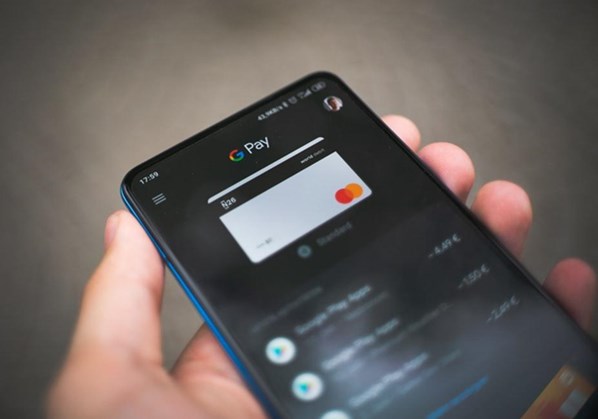
When you are ready to get started with your business-to-business payment processing account, there are steps that you need to take. Before you begin, make sure that you are aware of the types of transactions you’ll mostly be dealing with.
You may have one-time purchases, repeat purchases, large batches, or small purchases. Because of this, you will require an entirely different approach for the types of transactions you expect to encounter more often in your business sales.
Merchant Accounts For B2B Payment Processing
When you are setting up your merchant account, you may require software that integrates with your payment terminal depending upon the credit card processing company you’re working with. Typically, you will be enrolled in a payment processing program that fits your needs.
Pricing Models
The main goal of a merchant account is to get a rate that works to your benefit. This could mean accessing interchange rate pricing with the help of a credit card processing company, such as Interchange Pros.
Interchange rates are charged based on the fees associated with working with different card networks, with additional markups. Instead of the interchange rate, you could consider a membership-based processor. This charges you a monthly membership fee instead of a markup. Tiered pricing with fixed rates is also available for those who are eligible.
Your Merchant Category Code (MCC)
Setting up a merchant account will require this code to categorize purchases. This four-digit code gets assigned to you by one of the major card issuers, such as Master Card, Visa, Discover, or American Express. It helps you track items and organize them in a way that is efficient and easy to understand.
The Three Security Level Tiers
The payment gateway you select requires one of three different levels of security. Depending on your needs, you select which tier you require for your B2B transactions.
Level I Tier
This is the most basic form of data transactions, and every B2B transaction will have to pass this level. This includes data such as the merchant name, date, purchase amount, and the zip code of the billing address.
Level II Tier
Additional details are required for this tier level. This will include the tax indicator, the sales tax amount, invoice number, merchant postal code, order number, and merchant tax ID. This may include a customer code if you have a purchasing card (p-card). This is in addition to all the Level I data.
Level III Tier
Information requested for this transaction includes the unit price, quantity, product code, commodity code, product description, unit of measure for items, discount per item, freight shipping amount, duty amount, and extended price. This is in addition to Level I and II tiers.
How Credit Card Processing Companies Help
Credit card processing companies not only help you set up your merchant account, but they help to mitigate the fraud risks associated with credit card purchases. They connect the card networks the purchaser is using with the issuing bank and the receiving bank. Using encryption and data checks, the credit card processor will validate the information that the purchaser provided and secure the transaction.
Get Your Merchant Account Today
If you want to enhance your B2B payment processing, you can start working with a credit card processing company. They can guide you on a system suited for your company’s needs.




